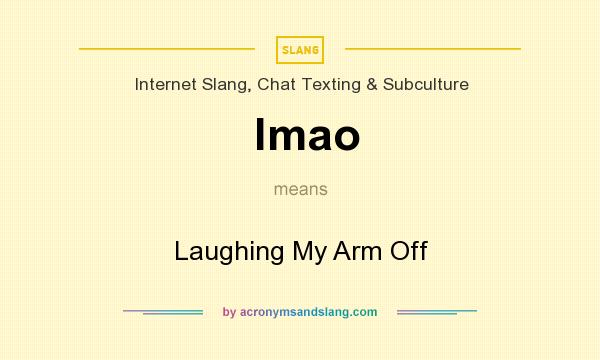

Some well-known variations of LOL include “lul,” “lel,” and “lolno.”įurthermore, the widespread adoption of emojis and the popularity of emojis related to laughing can likely be traced back to LOL. Other versions of the term have emerged from distinct parts of the internet. Some of the more common related terms include ROFL and LMAO, which mean “rolling on the floor laughing” and “laughing my ass off,” respectively. The widespread popularity of LOL has led to the creation of many different variations and related slang terms. In recent years, users have transitioned from using the uppercase “LOL” to the lowercase “lol,” however, there are some subtle differences between the two. Since then, it has spawned many variations and has been used countless times, sometimes straying away from its original use as an initialism to show laughter. Its legacy as a crucial piece of internet slang solidified in 2011 when Oxford University Press added it to the Oxford English Dictionary. As the internet grew, the usage of LOL grew as well, becoming one of the most common abbreviations on internet chatrooms, instant messaging apps, and social media websites across decades. The first instance of LOL being used to mean “laugh out loud” in a digital medium goes as far back as the 1980s on a Usenet server. Browse our full collection of internet abbreviations!Īs the most prolific internet slang term, LOL has a storied history.


 0 kommentar(er)
0 kommentar(er)
